Home>Gardening & Outdoor>Outdoor Recreation & Activities>How Big Is A Standard Ping Pong Table
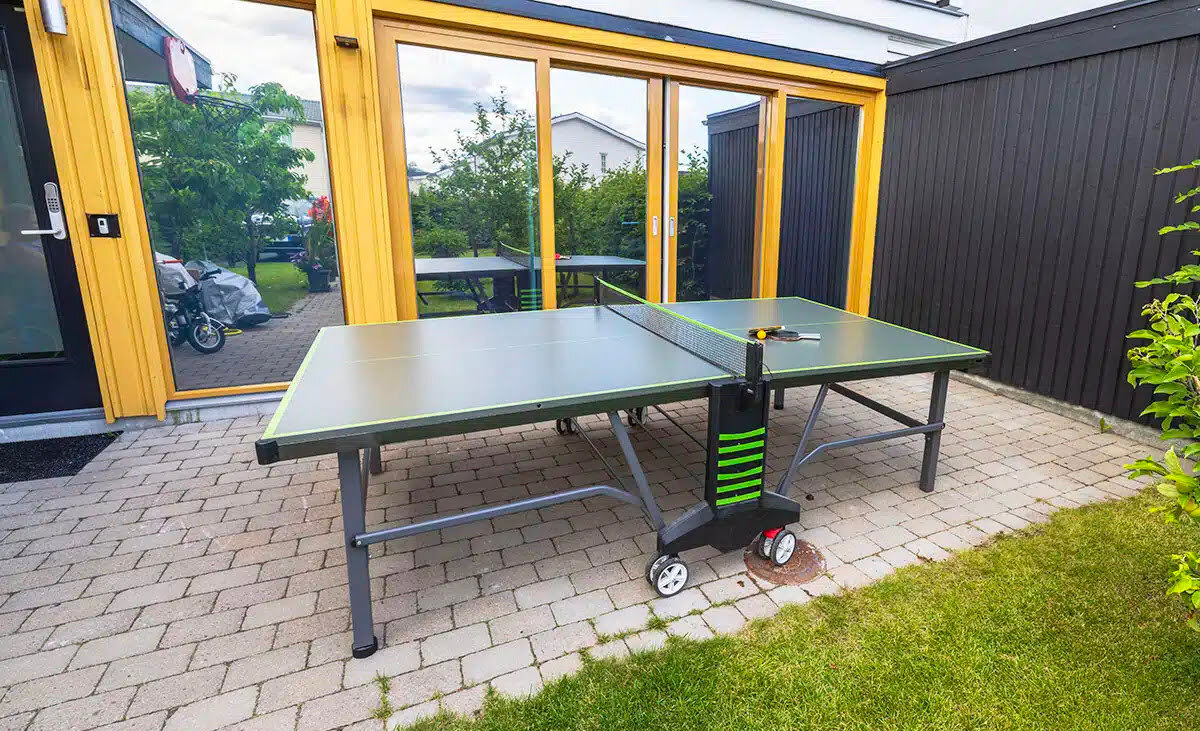

Outdoor Recreation & Activities
How Big Is A Standard Ping Pong Table
Published: January 20, 2024
Discover the dimensions of a standard ping pong table and learn how to choose the perfect one for your outdoor recreation and activities. Explore the ideal size and features for your outdoor ping pong adventures.
(Many of the links in this article redirect to a specific reviewed product. Your purchase of these products through affiliate links helps to generate commission for Storables.com, at no extra cost. Learn more)
**
Introduction
**
Ping pong, also known as table tennis, is a beloved indoor sport enjoyed by people of all ages around the world. Whether you're a casual player enjoying a friendly match with friends or a serious competitor honing your skills for tournament play, understanding the dimensions of a standard ping pong table is essential. The size of the table not only impacts the game's dynamics but also influences the space requirements for setting it up in your home or recreational area.
In this comprehensive guide, we'll delve into the specifics of a standard ping pong table's dimensions, including its length, width, and height. Additionally, we'll explore the regulations governing tournament-sized tables, the space needed to accommodate a ping pong table, and other essential considerations to keep in mind when selecting and setting up this popular game surface. Whether you're a seasoned player or a newcomer to the sport, this article will equip you with the knowledge needed to make informed decisions regarding ping pong table sizes and installations. Let's dive in and unravel the fascinating world of ping pong table dimensions!
Key Takeaways:
- Standard ping pong tables are 9 feet long, 5 feet wide, and 2.5 feet high, with a net dividing the surface. Understanding these dimensions is crucial for playing and setting up the table.
- Tournament-sized ping pong tables must adhere to specific regulations set by the International Table Tennis Federation (ITTF) to ensure fair and consistent gameplay. The dimensions and specifications are carefully standardized for professional competitions.
Read more: Where To Donate A Ping Pong Table
Dimensions of a Standard Ping Pong Table
Understanding the dimensions of a standard ping pong table is crucial for anyone looking to purchase, set up, or play on one. A regulation-sized table is a rectangular surface that measures 9 feet in length, 5 feet in width, and stands at a height of 2.5 feet. This equates to 2.74 meters long, 1.525 meters wide, and 76 centimeters high. The surface of the table is typically divided into two equal halves by a net, with each half measuring 4.5 feet by 5 feet.
Most standard ping pong tables are designed to be proportionate, ensuring a consistent playing experience for enthusiasts and professionals alike. The thickness of the table surface can vary but is generally around 0.75 inches (19mm) to provide an optimal bounce for the ping pong ball. Additionally, the color of the table surface is typically dark, with varying shades of blue or green, to contrast effectively with the white ping pong ball.
When considering the dimensions of a standard ping pong table, it’s essential to pay attention to the quality of construction and materials used. A well-crafted table not only enhances the playing experience but also ensures the durability and longevity of the equipment. Now that we’ve explored the fundamental dimensions of a standard ping pong table, let’s delve into the specific regulations that govern tournament-sized tables.
Regulation Size for Tournament Play
For competitive and professional table tennis tournaments, adhering to specific regulations regarding the size of the ping pong table is paramount. The International Table Tennis Federation (ITTF), the governing body for the sport, has established precise standards for tournament-sized tables to ensure uniformity and fairness in gameplay.
According to ITTF regulations, a standard ping pong table used in official competitions must have a length of 9 feet (2.74 meters), a width of 5 feet (1.525 meters), and a height of 2.5 feet (76 centimeters). The playing surface is required to have a uniform dark color, typically blue or green, with a matte finish to eliminate any glare that could affect the visibility of the ball.
Furthermore, the net used in tournament play must be 6 feet (1.83 meters) long and 6 inches (15.25 centimeters) high, effectively dividing the table into two equal halves. The net is positioned parallel to the end lines of the table, creating a clear division between the players’ respective sides.
These stringent regulations ensure that players competing in ITTF-sanctioned events encounter consistent playing conditions, regardless of the tournament’s location or venue. By standardizing the dimensions and specifications of ping pong tables, the ITTF upholds the integrity of the sport and provides a level playing field for all participants.
Whether you aspire to compete at the highest levels of table tennis or simply appreciate the precision and attention to detail that tournament regulations offer, understanding the specific size requirements for professional play is essential. With the regulatory dimensions of tournament-sized tables now clear, let’s explore the space considerations necessary for setting up a ping pong table in various environments.
A standard ping pong table is 9 feet long, 5 feet wide, and 2.5 feet high. When looking for a ping pong table, make sure to measure the space where you plan to put it to ensure it will fit properly.
Space Requirements for a Ping Pong Table
When planning to incorporate a ping pong table into your home, office, or recreational space, it’s crucial to consider the spatial requirements for accommodating the table and facilitating enjoyable gameplay. The dimensions of a standard ping pong table not only impact the playing experience but also dictate the amount of space needed for comfortable movement around the table.
For optimal gameplay and maneuverability, it’s recommended to allocate a clear space of at least 19 feet (5.8 meters) in length, 11 feet (3.4 meters) in width, and a height clearance of 5 feet (1.5 meters) around the ping pong table. This generous allowance ensures that players have ample room to move freely and engage in dynamic rallies without feeling constrained by surrounding obstacles or walls.
Additionally, considering the location of the table in relation to lighting fixtures, furniture, and other potential obstructions is essential for creating a safe and enjoyable playing environment. Adequate lighting that minimizes glare and shadows is crucial for maintaining clear visibility of the ball and facilitating precise gameplay.
While the standard dimensions of a ping pong table are fixed, the surrounding space requirements can vary based on individual preferences, playing styles, and the intended use of the table. Whether you’re setting up a dedicated ping pong room, integrating the table into a multifunctional space, or seeking to create a recreational area in a community center or office, accounting for the spatial needs of the table is fundamental.
By ensuring that the ping pong table is situated in an area with sufficient space and minimal obstructions, you can optimize the playing experience and create an inviting environment for players of all skill levels. Now that we’ve explored the space requirements for a ping pong table, let’s delve into other essential considerations related to ping pong table size and usage.
Other Considerations for Ping Pong Table Size
While understanding the fundamental dimensions and space requirements of a standard ping pong table is crucial, several additional considerations can further enhance the playing experience and ensure the table’s seamless integration into its designated environment.
Firstly, the thickness of the table’s playing surface plays a significant role in determining the quality of gameplay. While most standard tables feature a surface thickness of approximately 0.75 inches (19mm), some higher-end models may offer thicker surfaces, which can impact the ball’s bounce and the overall feel of the game. Considering the intended usage and skill level of the players can help guide the selection of an appropriate table with the desired surface thickness.
Moreover, the material used for the construction of the table, including the surface, frame, and undercarriage, influences its durability, stability, and overall performance. Tables crafted from high-quality wood or composite materials are known for their resilience and ability to withstand rigorous gameplay, making them ideal for both recreational and competitive use.
Another vital consideration is the folding mechanism of the table, especially for individuals with limited space or those seeking a versatile playing surface. Foldable ping pong tables offer the convenience of compact storage and easy setup, allowing users to maximize their available space without compromising on the playing experience.
Furthermore, the aesthetic appeal of the table, including its color, design, and overall finish, can contribute to the ambiance of the surrounding space. Whether you prefer a classic, understated look or a vibrant, modern aesthetic, selecting a table that complements its environment adds a touch of style to the playing area.
Considering these factors alongside the standard dimensions and space requirements of a ping pong table empowers individuals to make informed decisions when purchasing, setting up, and utilizing this beloved game surface. By carefully evaluating these additional considerations, players and enthusiasts can create an inviting and functional space for enjoying countless hours of exhilarating ping pong action.
With these essential considerations in mind, you are now equipped to make informed choices regarding ping pong table size, features, and placement. As we conclude our exploration of ping pong table dimensions and related considerations, we hope this guide has provided valuable insights and inspiration for incorporating this timeless game into your recreational pursuits.
Read more: How Large Is A Ping Pong Table
Conclusion
As we conclude our comprehensive exploration of the dimensions and considerations surrounding standard ping pong tables, it’s evident that the size of the table plays a pivotal role in shaping the playing experience and determining the spatial requirements for its installation. Whether you’re a casual player seeking leisurely entertainment or a dedicated enthusiast aiming for competitive prowess, understanding the dimensions and regulations governing ping pong tables is essential.
From the precise measurements of a regulation-sized table to the space requirements necessary for accommodating it, each aspect contributes to the overall enjoyment and functionality of the playing surface. Additionally, considering the quality of construction, material durability, and folding mechanisms further enriches the selection process, allowing individuals to tailor their choices to specific preferences and practical needs.
By embracing the nuances of ping pong table size and related considerations, players and enthusiasts can create inviting, well-equipped spaces for engaging in spirited matches and honing their table tennis skills. Whether the table serves as a focal point in a dedicated game room, a versatile addition to a multifunctional space, or a recreational amenity in a communal setting, its dimensions and features can be tailored to suit diverse environments and user preferences.
As you embark on your journey to incorporate a ping pong table into your recreational pursuits, may this guide serve as a valuable resource, empowering you to make informed decisions and cultivate an engaging and dynamic playing environment. Whether you’re captivated by the precision and strategy of competitive play or simply relish the camaraderie and excitement of casual matches, the dimensions and considerations outlined here will guide you toward an enriching ping pong experience.
With a clear understanding of the standard dimensions, regulations for tournament play, space requirements, and additional considerations, you are well-equipped to embark on your ping pong journey with confidence and enthusiasm. As you immerse yourself in the exhilarating world of table tennis, may your playing surface become a cherished hub of enjoyment, camaraderie, and skill development.
Now, armed with a wealth of knowledge about ping pong table dimensions and related considerations, you’re ready to embark on an exciting journey of table tennis enjoyment. Whether you’re a casual player aiming to have fun with friends and family or a serious competitor looking to hone your skills, understanding the dimensions and regulations governing ping pong tables is essential.
Frequently Asked Questions about How Big Is A Standard Ping Pong Table
Was this page helpful?
At Storables.com, we guarantee accurate and reliable information. Our content, validated by Expert Board Contributors, is crafted following stringent Editorial Policies. We're committed to providing you with well-researched, expert-backed insights for all your informational needs.
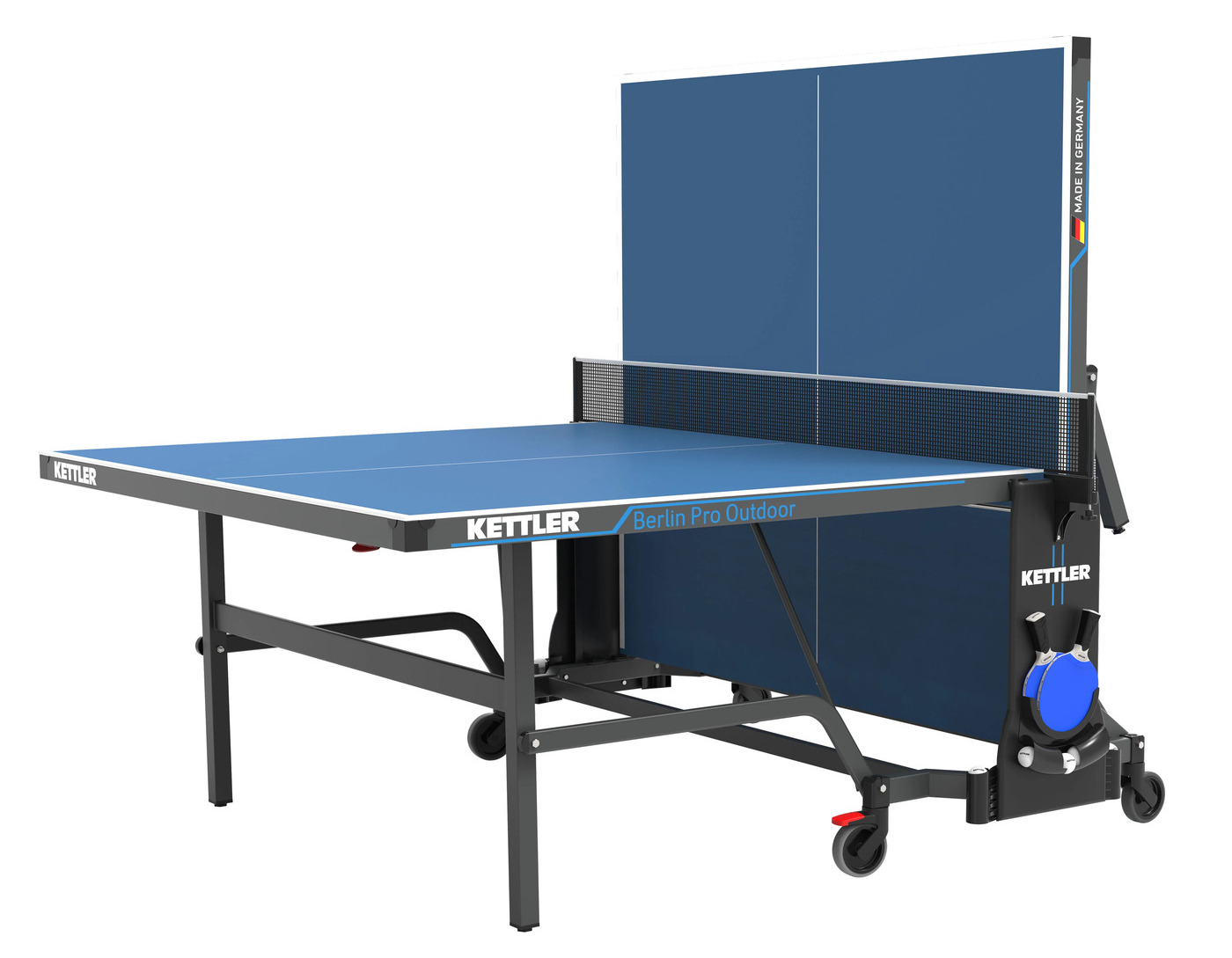
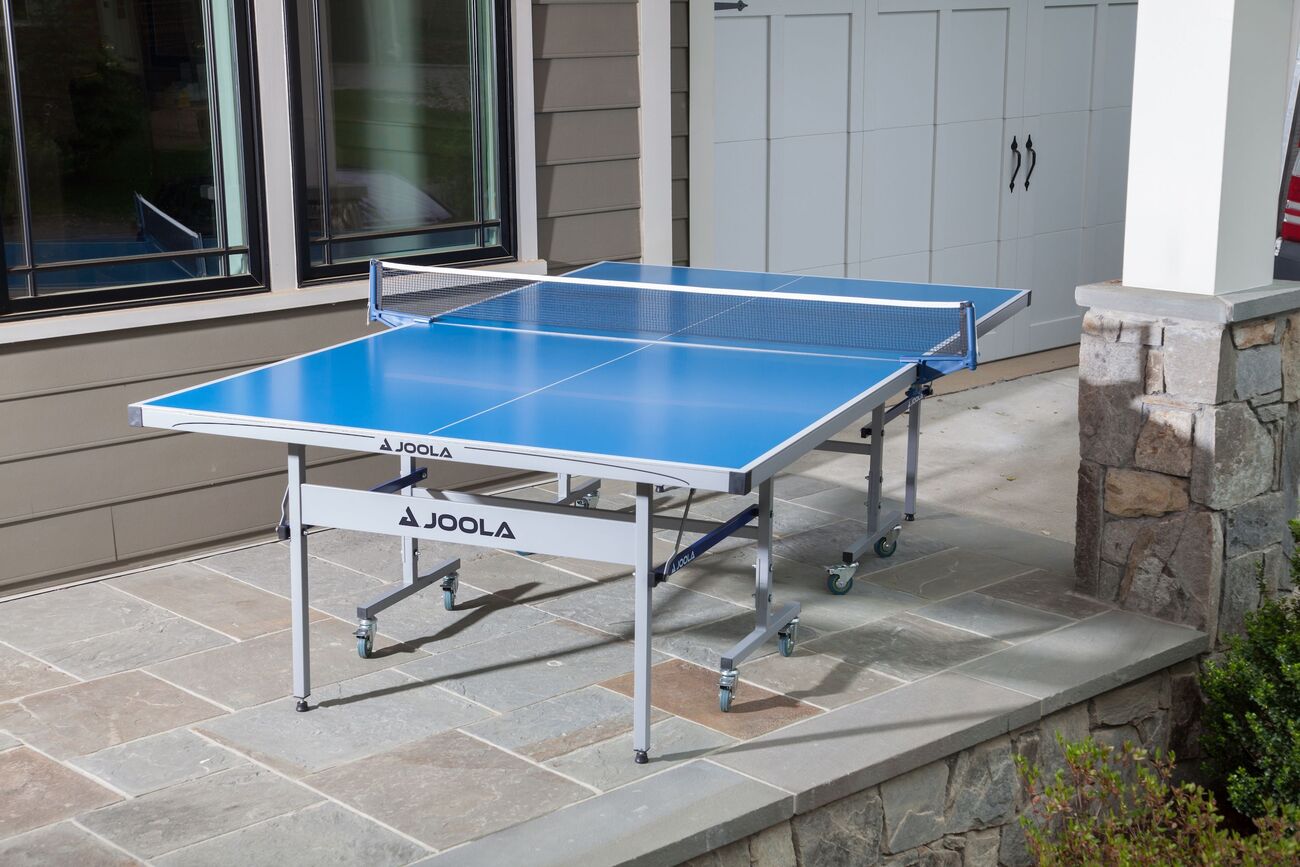
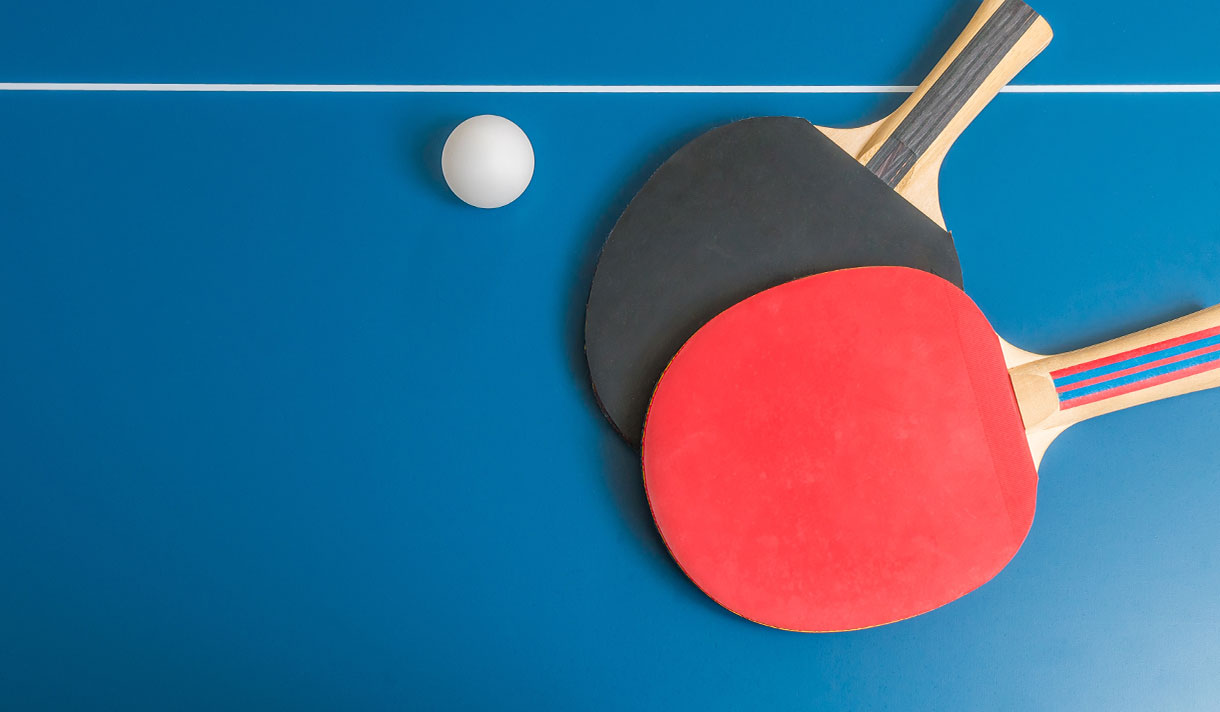
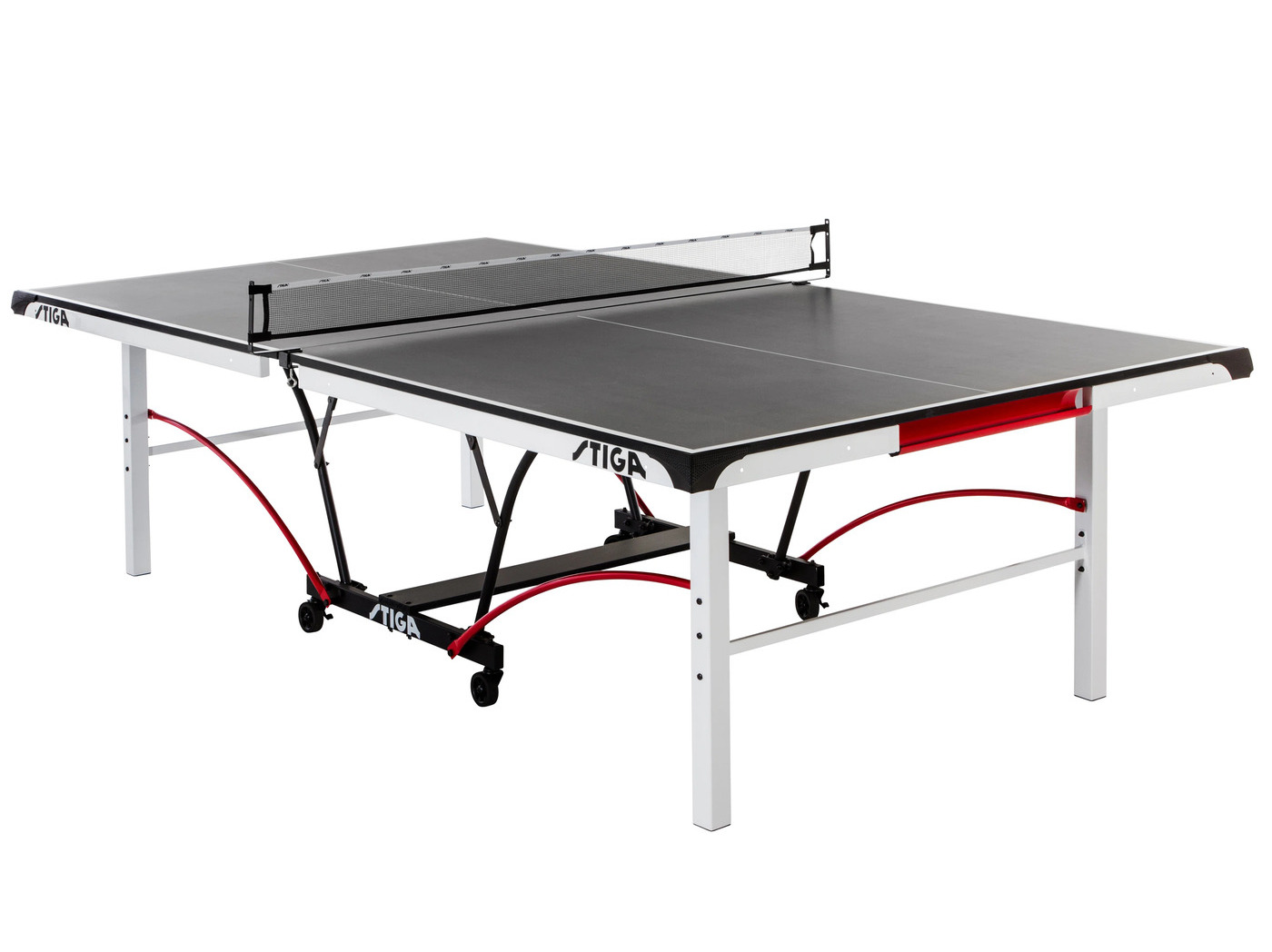
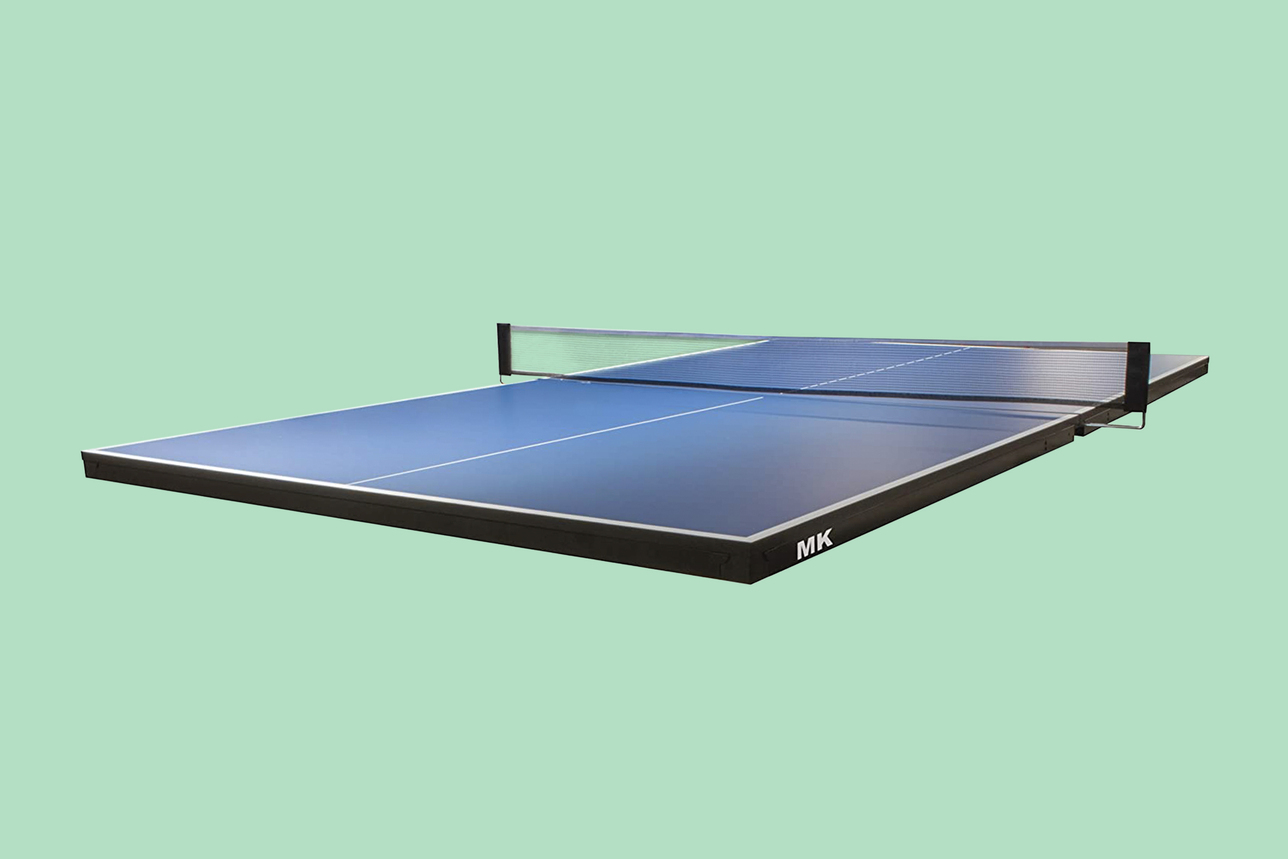
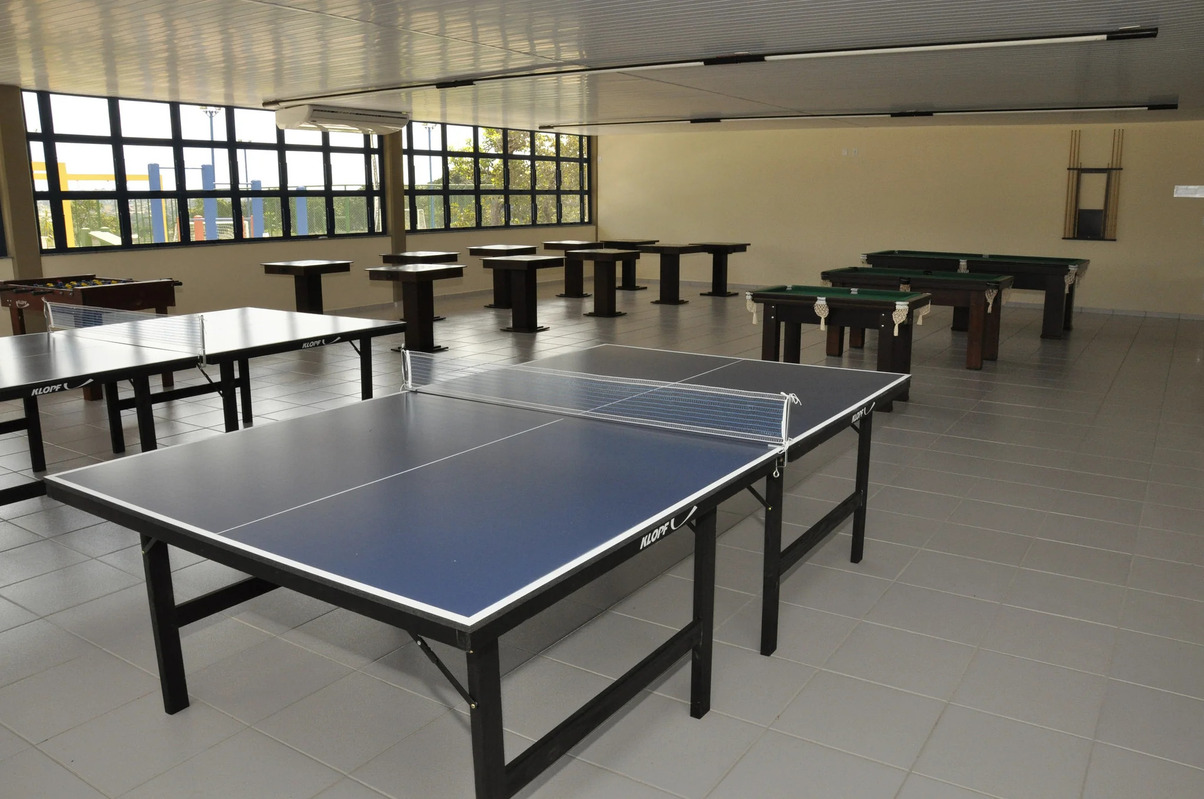

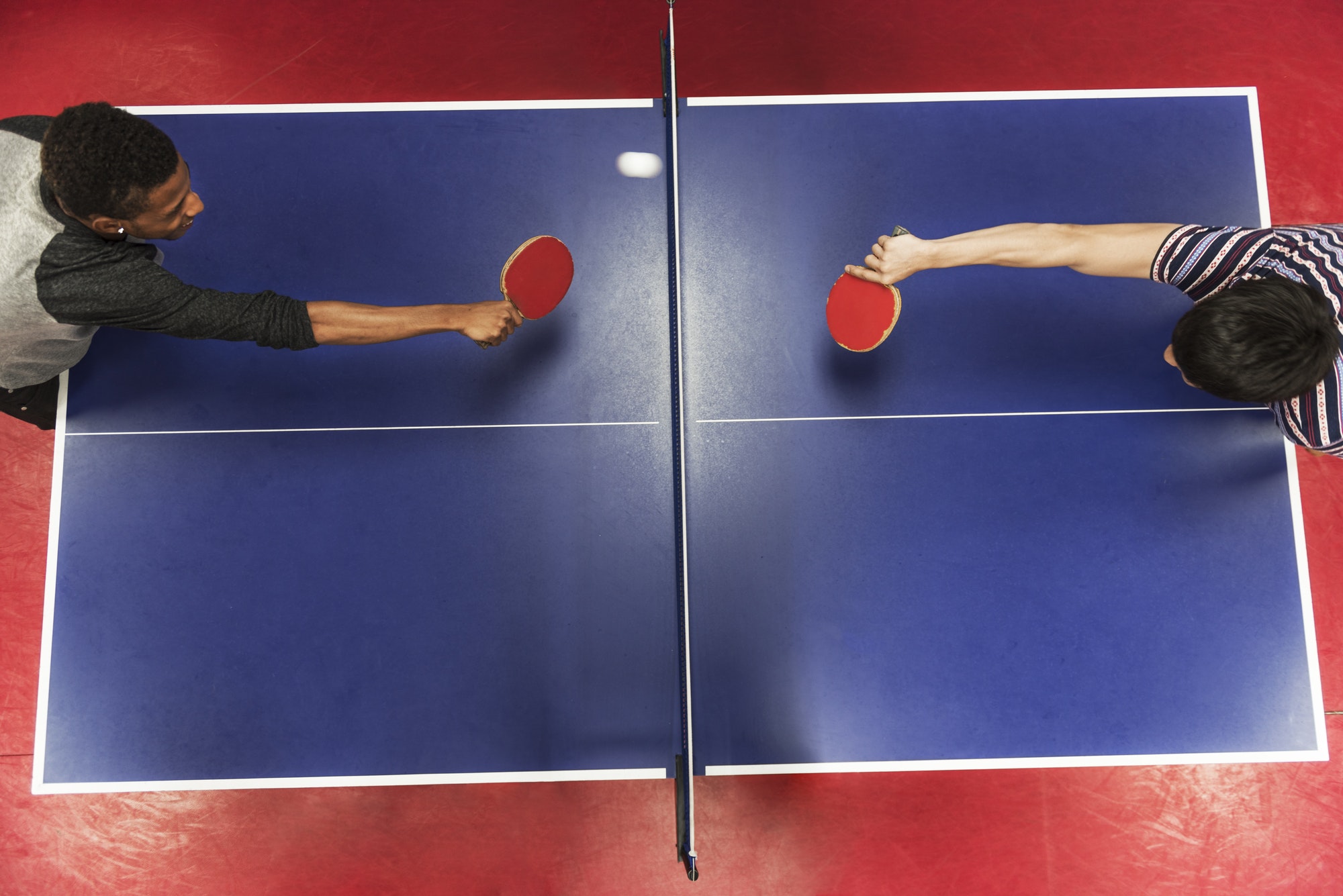
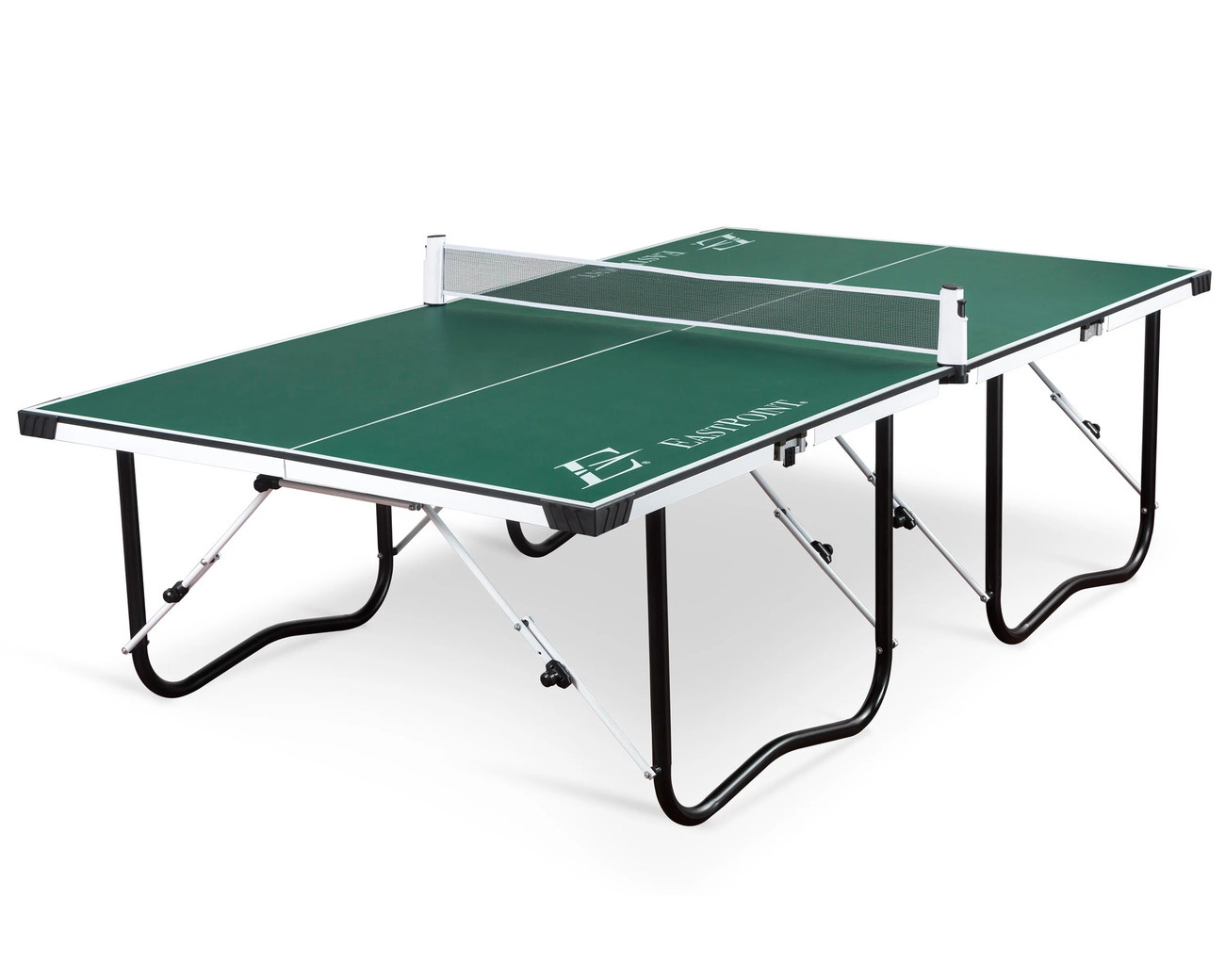
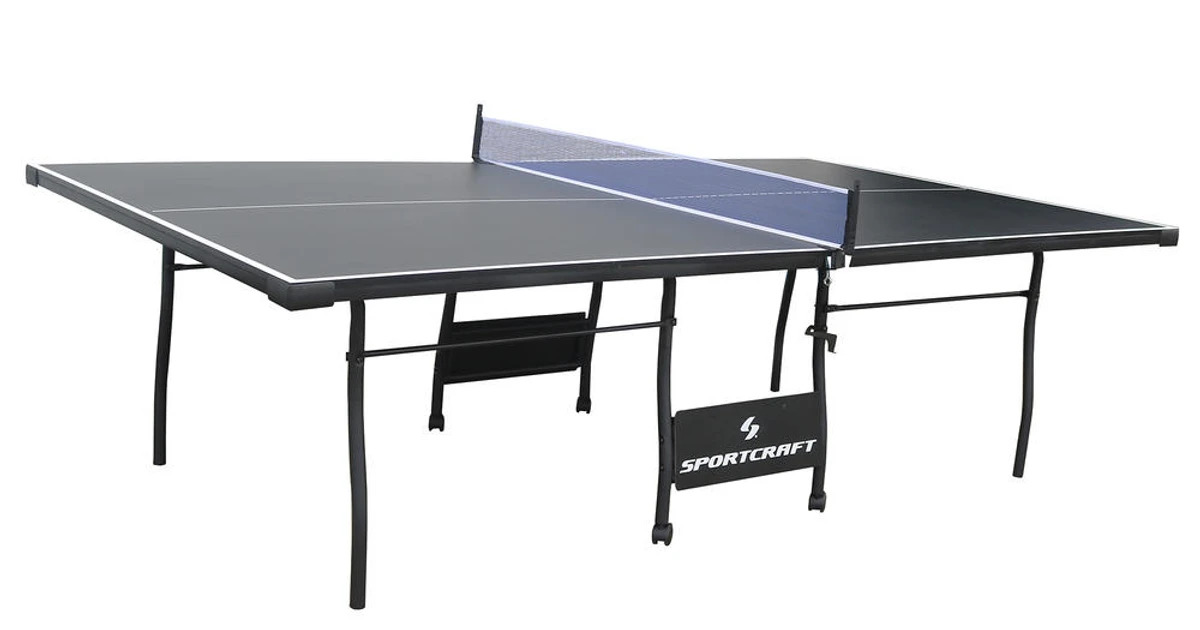
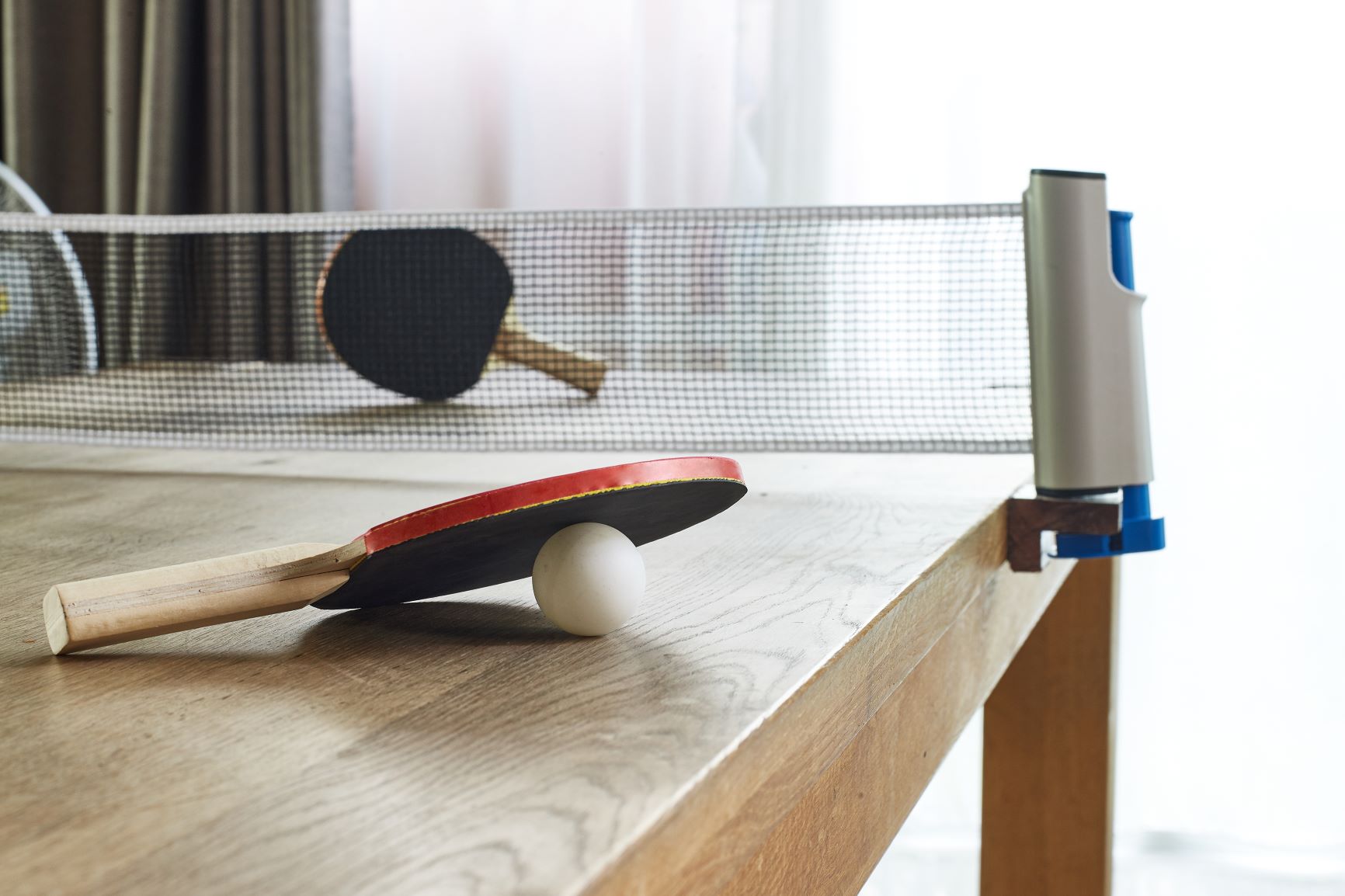
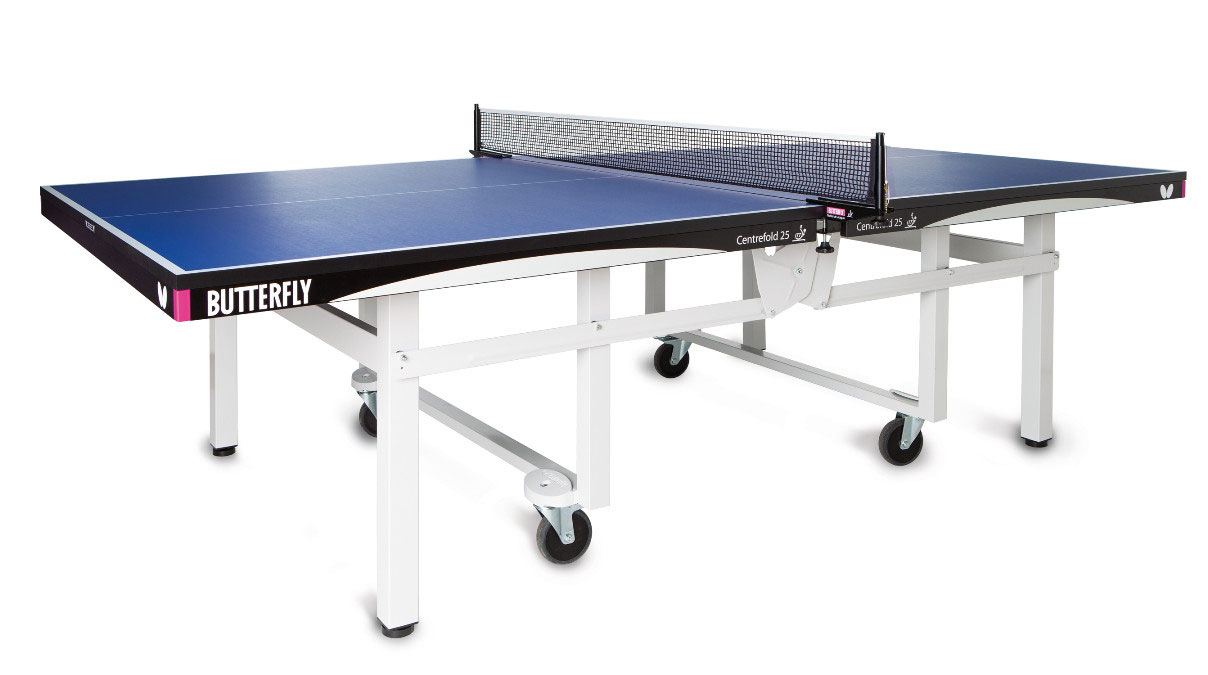
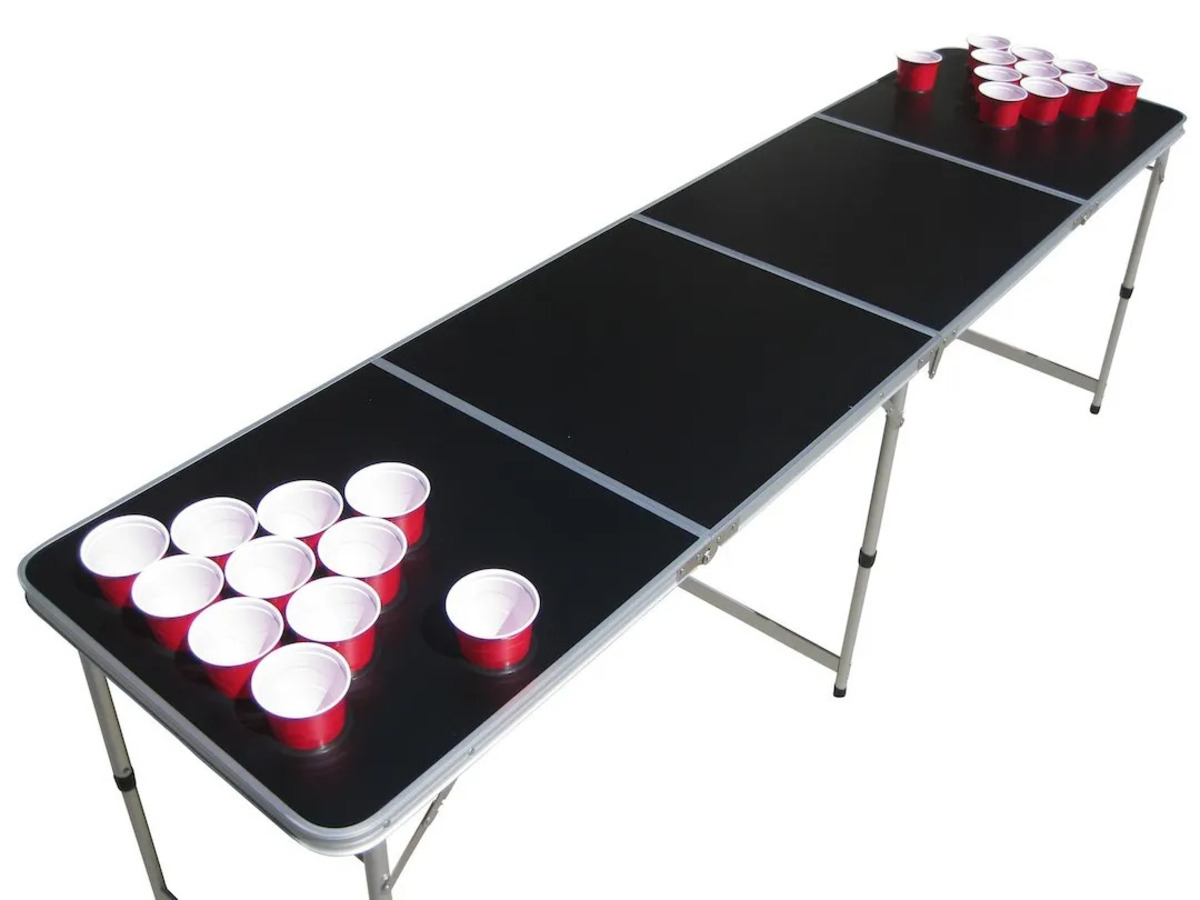
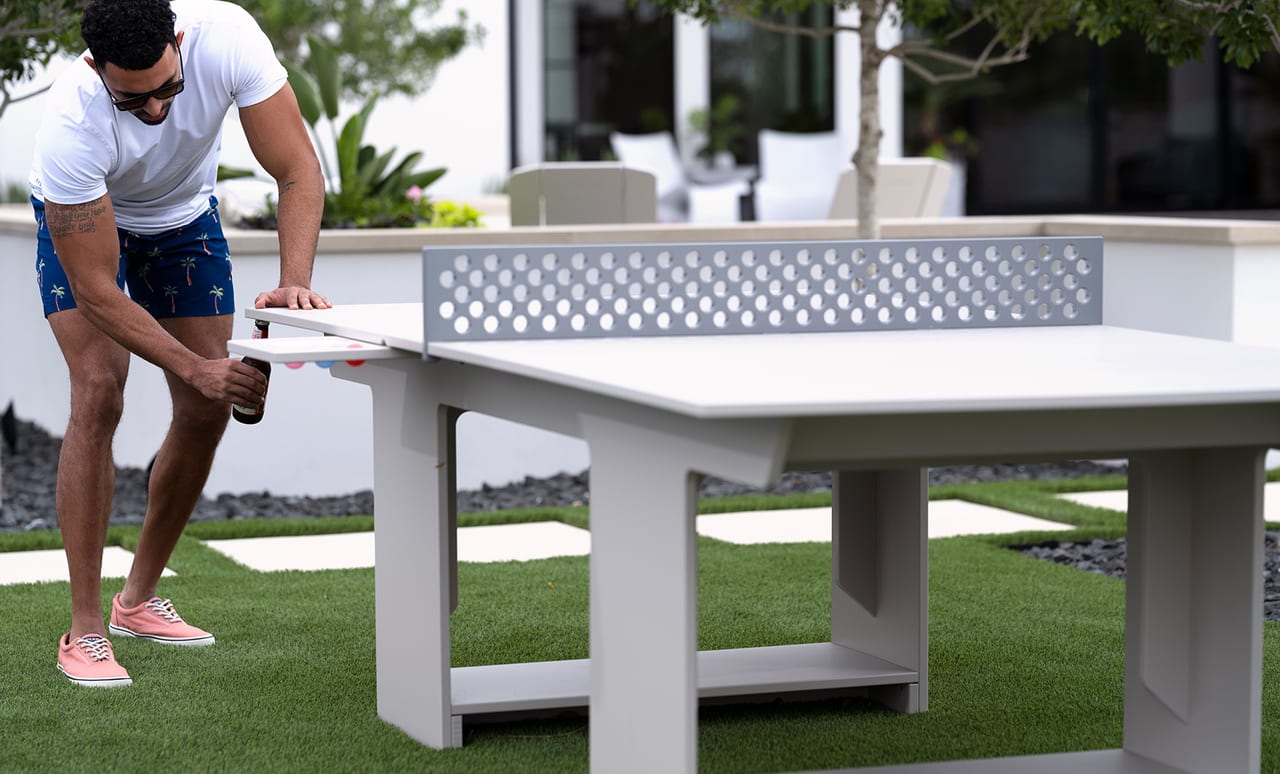

0 thoughts on “How Big Is A Standard Ping Pong Table”